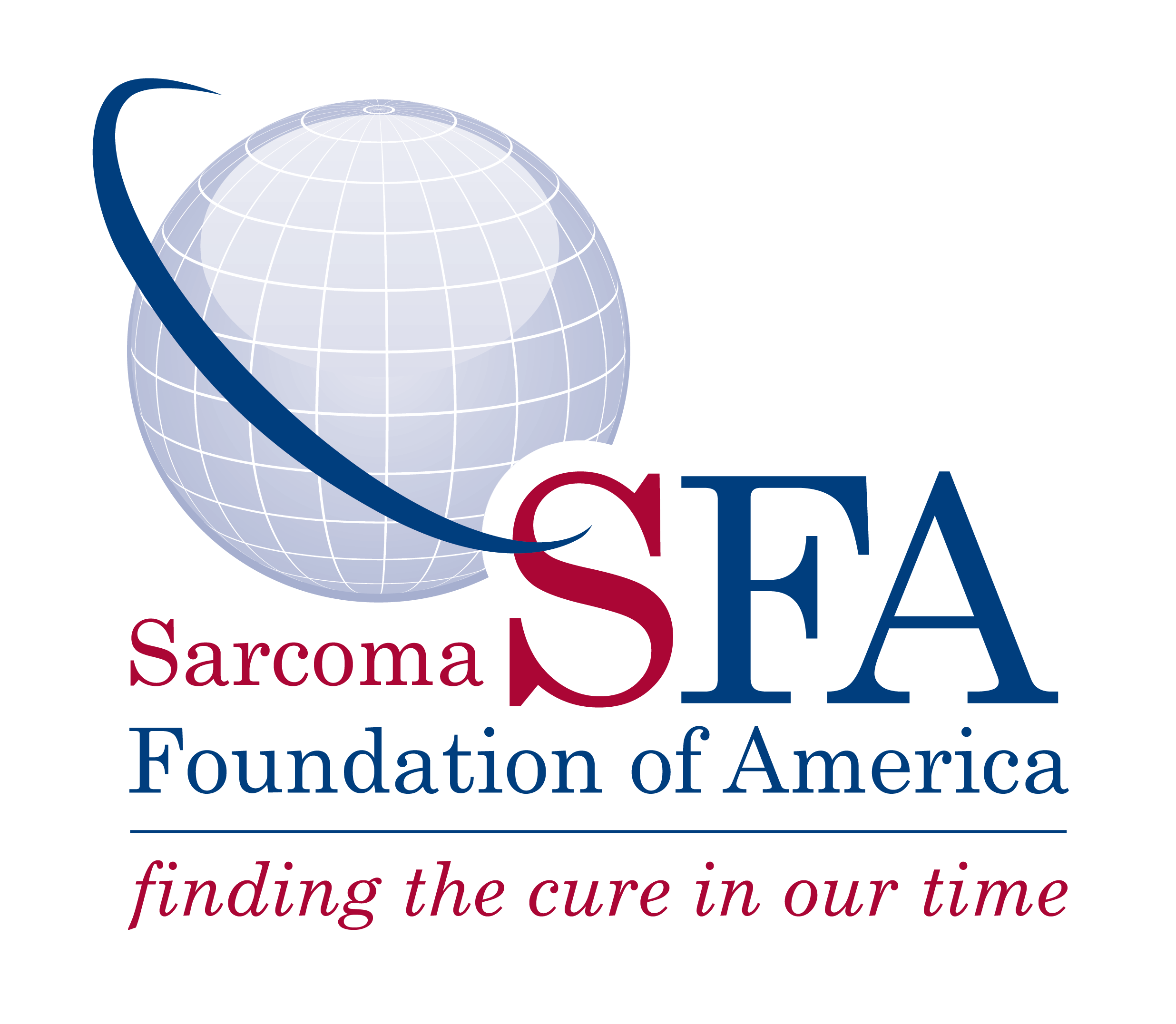Characterising the Proteomic Landscape of Angiosarcomas
Angiosarcoma (AS) is an aggressive disease that accounts for 2-3% of soft tissue sarcomas (STS). The long-term outlook of patients with incurable advanced or metastatic disease is poor, with a median overall survival of less than 12 months. Current options are limited with chemotherapy being the mainstay of palliation and other systemic therapies having little durable impact on the disease course. While large-scale genomic and transcriptomic analyses of patient specimens have deepened our understanding of the molecular pathology of AS, there remains a large gap in translating this knowledge into effective treatments and prognostic biomarkers. In contrast to DNA and RNA, proteins represent the largest class of druggable targets and directly reflects functional biological pathways. In particular, the biological mechanisms underpinning primary AS (PAS) and radiation-associated AS (RAAS) are poorly understood. Furthermore, the impact of tumour evolution and intratumoural heterogeneity on disease relapse and therapy response in AS patients is largely unknown.
This proposal seeks to harness the power of comprehensive proteomic profiling by mass spectrometry to characterise, in unprecedented detail, the compendium of proteins in a cohort of AS patients. By utilising an innovative proteomic pipeline optimised to characterise archival STS tissue specimens, we will undertake a comparative analysis of PAS and RAAS primary surgical specimens (n=90) to identify molecular drivers, functional pathways and drug targets encoded within the AS proteome. In addition, we will investigate the role of intratumoural heterogeneity and tumour evolution in AS by evaluating a cohort of paired primary and relapsed specimens (n=15) and multi-focal disease (n=5) to establish if these lesions are proteomically distinct tumours with unique biology and molecular targets. By providing the first-ever proteomic portrait detailing the molecular pathways in AS, this project will address an existing knowledge gap in our understanding of the biology and clinical course of this disease. We anticipate that this study can deliver direct impact on improving patient outcomes by providing new candidate treatment options and prognostic biomarkers with clinical utility for patient stratification.

